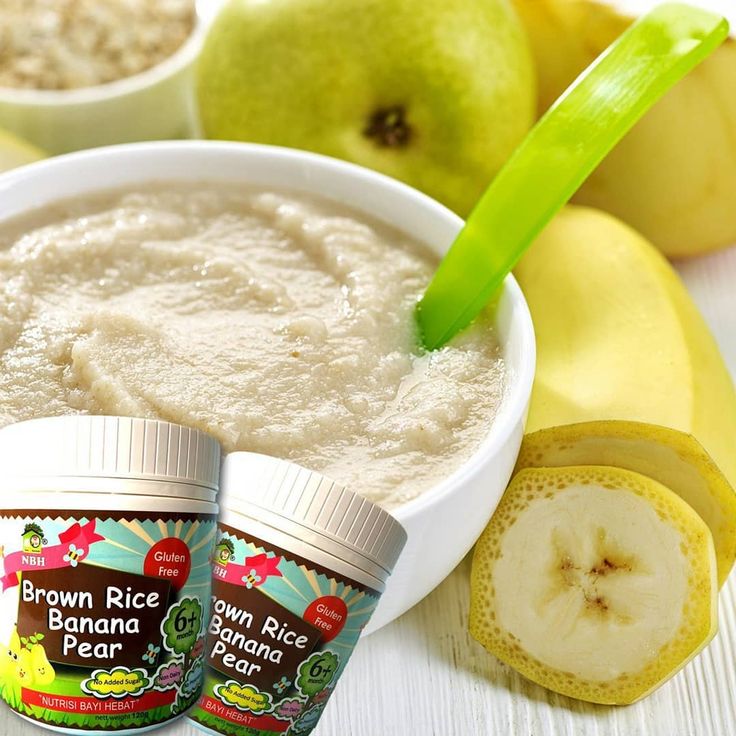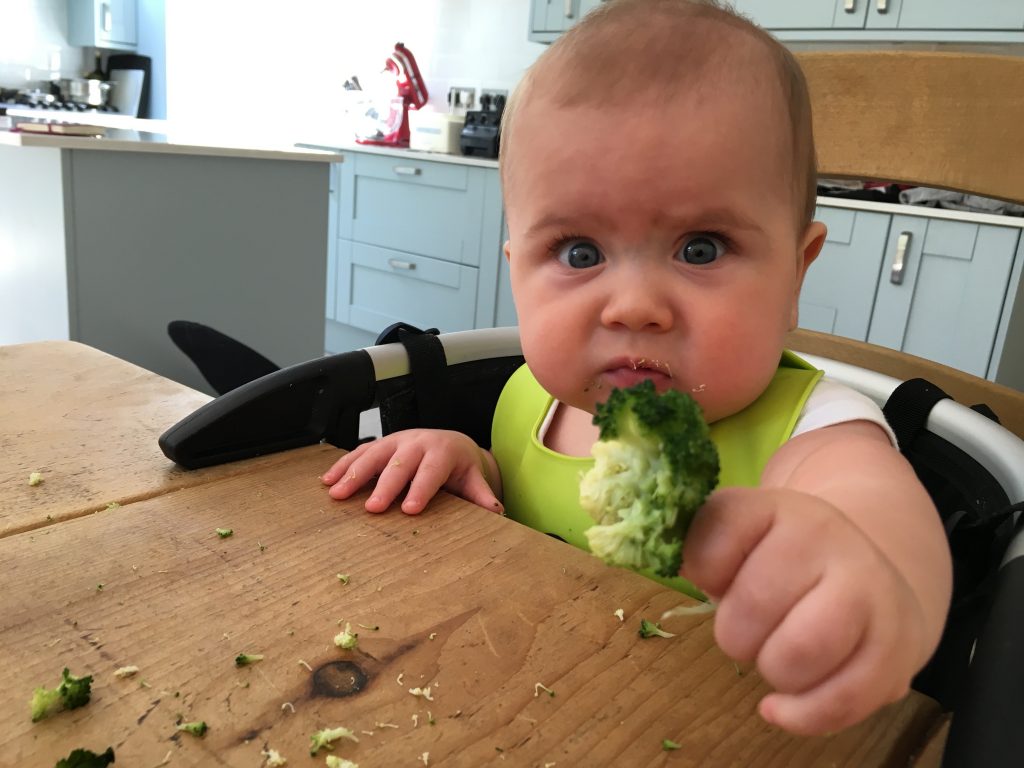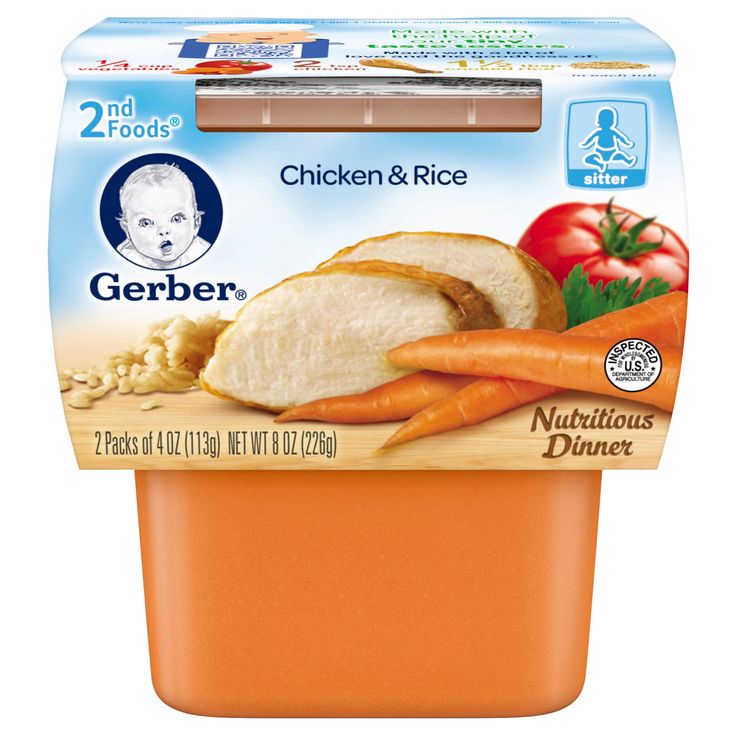Best squash for baby food
Squash Baby Food Recipes, Make Homemade Squash for Baby Food, Introducing Squash to Baby
While the recommended age for starting solid foods is generally 6 months of age, many babies start solids between 4 and 6 months of age. These recipes are appropriate for this age range.
Winter Squash, like butternut squash and acorn squash, is a wonderful first food for your baby. High in Vitamins and Calcium – smooth, delicious and very nutritious, these winter squashes are sure to be a hit with your baby.
Just check out the amount of Vitamin A and Folate 1 cup of baked squash cubes contain: Folate – 57.40 mcg and Vitamin A – 7,291.85 mg.
When can I introduce Butternut Squash or Acorn Squash to my baby?
Squash may be offered as early as 4 – 6 months old. Butternut and acorn squash are wonderful additions to baby’s first foods. These winter veggies roast up to tasty flavorful perfection and blend and puree into as thin of a texture as you require.
The goodness of Butternut Squash, Acorn Squash, and other Winter Squash for baby food
Winter Squash
As the nutritional content of Winter squash varies with the variety of squash, you will find a nutritional summary accounting for all varieties below:
Nutrition Facts (1 cup cooked-baked, butternut cubes)
Univ. of IL – Watch Your Garden
Calories – 79.95
Protein – 1.82 grams
Carbohydrate – 17.94 grams
Dietary Fiber – 5.74 grams
Calcium – 28.7 mg
Iron – 0.67 mg
Potassium – 895.85 mg
Folate – 57.40 mcg
Vitamin A – 1144 IU
How to select and store Butternut Squash, Acorn Squash and other Winter Squash for baby food
According to the EWG, winter squash such as butternut and acorn are not one of the “dirty dozen” foods that are most highly contaminated with pesticides. Hard rind or shelled fruits and veggies usually keep out any contaminants. Purchasing organic is a personal choice.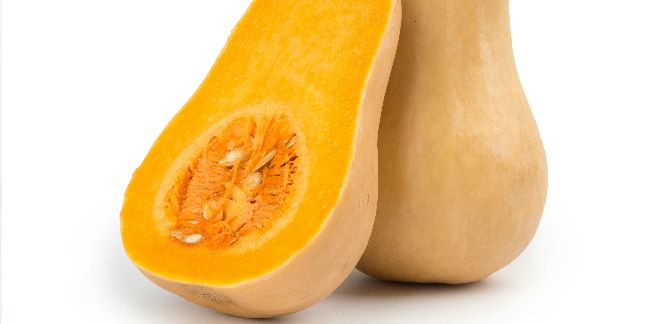
A squash is characterized as a “Winter” squash not only due to the season in which it grows, but also due to the way the squash itself grows. Winter squash actually mature on the vine and do not further mature or ripen once harvested. The rind or shell of a Winter squash is very hard and thick. Peak season for Winter squash is November through December.
Acorn and the Butternut are the best choices for baby’s first squash experience. Additional varieties of winter squash can be found below. These types of squash are best given to an infant between 6-8 months old. (If you start solids early at 4 months, winter squash is also appropriate.)
images: GettyButternut Squash: Butternut squash is light tan in color, and is bell-shaped or shaped like an elongated pear. Butternut squash has a deep orange flesh, and is loaded with a sweet, nutty flavor.
Acorn Squash: This squash is probably one of the most easily recognized and most often eaten.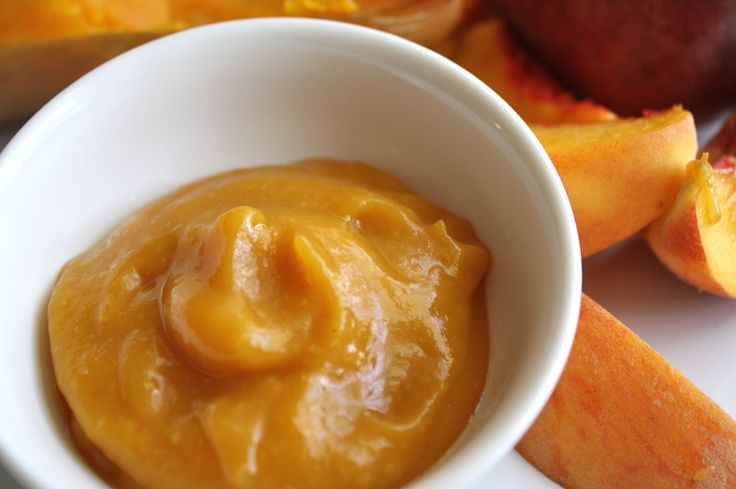 It does have an acorn shape to it, along with deep furrows. The acorn squash is typically a deep dark green, however there are some varsities that are yellow or orange. Regardless of the color of the acorn squash, the meat is sweet and yummy baked with brown sugar and a dash of cinnamon.
It does have an acorn shape to it, along with deep furrows. The acorn squash is typically a deep dark green, however there are some varsities that are yellow or orange. Regardless of the color of the acorn squash, the meat is sweet and yummy baked with brown sugar and a dash of cinnamon.
Hubbard Squash: You can’t miss a Hubbard. This squash is typically very large and looks like a misshapen teardrop. Bumpy and thick-skinned, it has a blue-gray or sometimes a sea green color. The flesh is rich and slightly sweeter than a banana squash.
Delicata Squash: You may know this squash as sweet potato or bohemian squash. It is a bit like an acorn squash in shape though more cylindrical, like a butternut. The shell of a Delicata is rather pretty; it is yellow with green stripes and reddish-brown spotting or spattering. The meat is a pale yellowish-orange and the taste is mild and a bit like corn.
The best way to store butternut squash, acorn squash or other winter squash for baby food
Winter squash typically may be stored for a long period of time.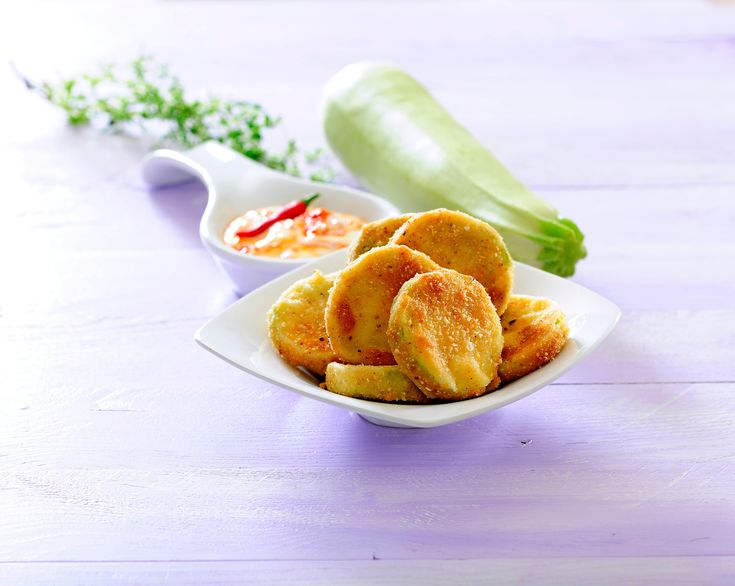 Depending on the variety, a winter squash such as the Butternut, may be stored for up to four months. Store your winter squash in a cool dry place for optimal storage times.
Depending on the variety, a winter squash such as the Butternut, may be stored for up to four months. Store your winter squash in a cool dry place for optimal storage times.
The best way to cook butternut squash, acorn squash and other winter squash for baby food
The best way to cook butternut squash, acorn squash and other winter squash for baby food recipes is to bake or roast the squash. You retain the most nutrients while bringing out the most flavor. Roasting or baking winter squash is also easier because you won’t spend forever and a day tying to peel and cube the squash for steaming or boiling.
How to bake or roast a butternut squash for baby food
Step 1: With a sharp kitchen knife, cut the butternut squash in half – lengthwise.
Kristi wrote to us to share this little tip for cutting hard winter squashes:
“I recently read about a great tip to help cut butternut squash (I haven’t tried acorn but also works well with small pumpkins).
Place whole squash in the microwave and cook on high for about 2 minutes. This makes the initial cutting of the squash really easy.”
Step 2: Scoop out the seeds from the round end of the cut butternut squash
Step 3: Lay butternut squash “face” or meat-side down in a baking dish with about 1-2 inched of water.
Step 4: Bake at 400 degrees F for 40 minutes or until shell/skin looks puckery and turns a darker tan.
From here, you’re ready to make a variety of purees, below.
Enjoy these butternut squash baby food recipes, acorn squash and other winter squash baby food recipes
Butternut or Acorn Squash – Basic Purée (4)6 months+Ingredients:
- 1 acorn or butternut squash
- Follow directions as to how to bake or roast a butternut squash for baby food above.
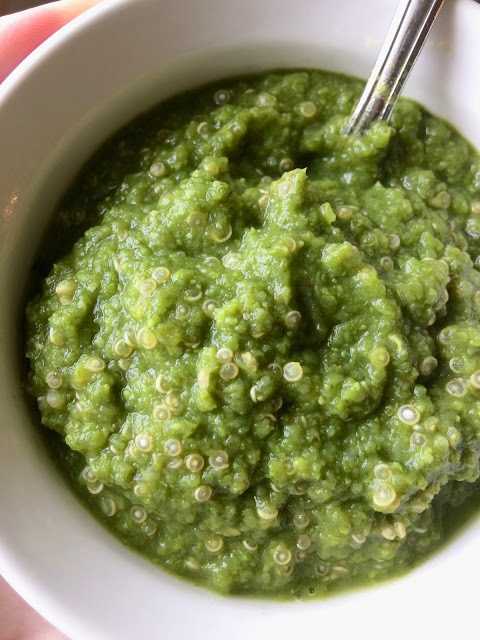
Step 1: Place squash “meat” into your choice of appliance for pureeing and begin pureeing.
Step 2: Add water as necessary to achieve a smooth, thin consistency.
You can also peel the squash, scoop out the seeds and then cut into chunks and boil/steam until tender (like when boiling potatoes for mashed potatoes) then follow steps 4 and 5 – this way is most difficult however and rather time consuming.
Photos: Chelsea Foy
Rice with Apple and Butternut Squash Purée – (4)6 months+
Ingredients:
- 1 squash – acorn, butternut or other winter squash
- 1 or 2 cups cooked brown rice
- 1/2 cup applesauce
Directions:
Step 1: Cut acorn or butternut squash in half, scoop out seeds
Step 2: Place halves face down in a pan and cover with an inch of water
Step 3: Bake in a 400 degree oven for 40 minutes or until the “shell/skin” puckers and halves feel soft then scoop squash “meat” out of the shell
Step 4: Place squash “meat” into your choice of appliance for pureeing
Step 5: Add cooked rice and applesauce and blend
Step 6: Add water as necessary to achieve a smooth, thin consistency
Baby’s Acorn Squash & Apple Bake – 6-8 months+
Ingredients:
- 1 acorn squash
- 2 or 3 Macintosh apples
- pinch of cinnamon
Directions:
Step 1: Peel and dice apples
Step 2: Cut acorn or butternut squash in half, scoop out seeds
Step 3: Place halves face UP in a pan and add with an inch of water to the pan
Step 4: Place diced apples in the squash “holes” where the seeds were
Step 5: Sprinkle with cinnamon if desired
Step 6: Pour water over the apples so that there is water in the squash holes – cover pan with tinfoil
Step 7: Bake in a 400 degree oven for 40 minutes or until the “shell/skin” puckers and halves feel soft then scoop squash “meat” and apples out of the shell
Step 8: Puree as needed, adding water to thin if required.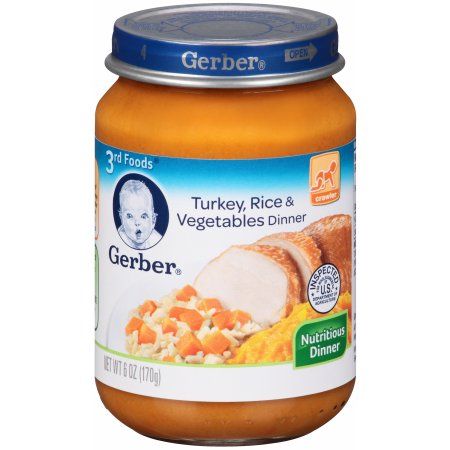 You may also chop or dice and serve as a finger food meal.
You may also chop or dice and serve as a finger food meal.
This baked medley is very nice when mixed with brown rice or quinoa.
Squash & Rice “Soup” 6 months+
Ingredients:
- 1 cup cooked mashed butternut squash (works well with pumpkin too.)
- 1/2 cup water
- 1/4 cup cooked brown rice
- dollop whole milk yogurt (optional for 8 months+)
Directions:
Step 1: Mash squash with the water in a food processor or blender and slowly mix in the brown rice.
Step 2: Process to a consistency that your baby enjoys and can handle then stir in the yogurt
Butternut Squash Baby Food Recipes – Baked Acorn Squash Bowls
This is a great way to get baby interested in self-feeding; plop down the whole squash bowl and let him chow down (under strict supervision of course and ensuring that he is ready to dive in like this!)
Ingredients:
- 1 acorn or butternut squash
- 2 tablespoons applesauce
- handful of raisins
- cinnamon (as you prefer)
- ginger (as you prefer)
- nutmeg (as you prefer)
Directions:
Step 1: Cut acorn or butternut squash in half, scoop out seeds
Step 2: Wipe insides with butter or olive oil and add raisins and applesauce
Step 3: Add 2 inches of water to a baking pan
Step 4: Place halves face up with shell down in a pan
Step 5: Bake in a 400 degree oven for 40 minutes or until the “shell/skin” puckers and halves feel soft.
Step 6: Serve as is in the shell to older toddlers (our kids LOVE this in the shell.) or scoop out the meat and mash then serve.
Back to Top
Savory Butternut Squash & Potato Puree (or Mash) 6 months+
Ingredients:
- 1 2-3 lb. butternut or acorn squash – you may use any winter squash for this dish.
- 1 lb. potatoes, peeled and quartered
- 1 cup heavy cream or half and half – 1 cup whole milk yogurt will work as well <optional for 8 months+>
- 2 tbsp. butter or olive oil
- 1/4 c. finely chopped fresh chives
- salt and fresh ground black pepper to taste (omit salt for babies.)
Directions:
Step 1: Cut the squash in half and scoop out the seeds.
Step 2: Peel the shell and cut the squash into 3-inch dices.
Step 3: Place squash and potatoes in a large saucepan and fill with water and 1/2 tsp.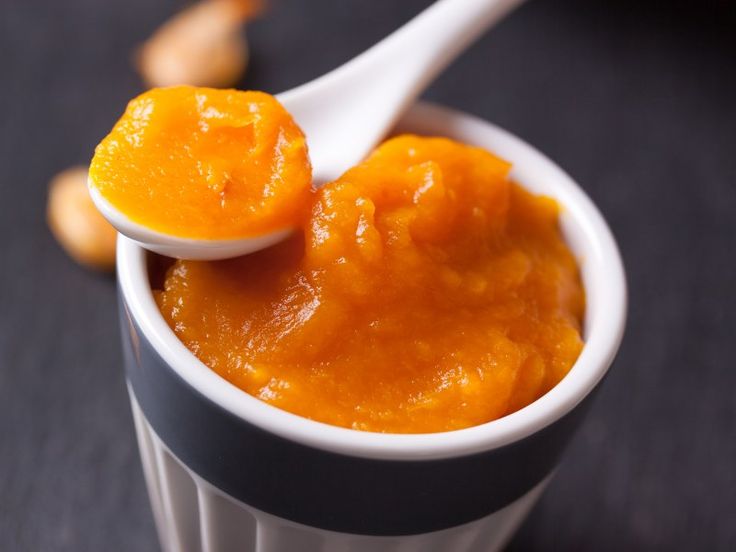 salt. Bring to a boil and cook until both the squash and potatoes are fork-tender (30-40 minutes).
salt. Bring to a boil and cook until both the squash and potatoes are fork-tender (30-40 minutes).
Step 4: Drain liquid (reserving about 1 cup) and add in cream or yogurt and butter.
Step 5: Using a potato masher, mash well or puree if desired for your baby’s texture preferences; adding cooking liquid if you want it a bit thinner consistency.
Step 6: Add chives and season to taste with salt and pepper.
Squash Soup** 8 months+ (due to spices)
Ingredients:
- 1 1/2 lb winter squash chopped or 2-12oz pkgs frozen (thawed)
- 1 small onion *
- 1 teaspoon curry powder*
- 1/4 teaspoon ground turmeric*
- 1/8 teaspoon ground pepper *
- 2 cups chicken broth (use no sodium/low-fat or Make Your Own Stock and Broth)
- 1/4 cup sour cream *
Directions:
Step 1: Saute Onions then combine squash, onion and spices. . cook on low for 10 minutes.. stir in broth and cook another 15 minutes.
. cook on low for 10 minutes.. stir in broth and cook another 15 minutes.
Step 2: Cool Slightly and pour 1/3 into blender and blend until smooth, repeating until all of the mixture is blended .. reheat soup before serving and swirl in some sour cream. 4 thumbs up from my twins.
** Please note that you may leave out the * items as needed for your baby’s age and preferences. I like to keep the onion, replace the spices with cinnamon, nutmeg and ginger and also use plain yogurt instead of sour cream.**
Baby’s Stuffed Acorn Squash – MEATLESS 8 months +
Ingredients:
- 2 acorn squash
- 1 tsp canola oil
- 1 medium tart apple, peeled, cored and diced
- 1/2 small onion, finely chopped
- 1/2 cup chopped mushrooms (we leave out the mushrooms.)
- 1/2 celery stalk, diced
- 1/2 tsp dried thyme
- 1/2 tsp oregano
- 1/2 tsp dried sage
- 2 cups cooked whole-grain rice (orzo or couscous are nice as well.
 )
) - 1/2 cup dried apricots, chopped
- 1/4 cup raisins or dried cranberries
- 1/4 cup apple cider (or juice)
Directions:
Step 1: Cut each squash lengthwise in half and scoop out seeds.
Step 2: Place squash halves, cut side down, in baking dish with 1-2 inches of water. Bake for 45 minutes or until shell/skin puckers and squash is soft. Let cool.
Step 3: In a medium skillet, sauté apples, onion, mushrooms, celery for 2-3 minutes. Sprinkle thyme, oregano and sage. Stir in cooked rice, apricots and raisins. Add apple cider, cook until apple cider is almost evaporated.
Step 4: Place cooled squash on a large nonstick cookie sheet. Spoon stuffing into squash cavities. Bake for additional 20 minutes.
Step 5: Serve blended and chopped by scooping out the squash & stuffing from the shell and transferring to a blender or food processor. To serve “in the bowl” for older toddlers, gently scrape the squash form the shell so that it falls into the middle with the stuffing and then mash a bit with a fork. Adults may be served as is.
To serve “in the bowl” for older toddlers, gently scrape the squash form the shell so that it falls into the middle with the stuffing and then mash a bit with a fork. Adults may be served as is.
Foods good to mix with Butternut or Acorn Squash:
- Apples
- Peaches
- Pears
- Carrots
- Parsnip
- Brown Rice
- Lentils
- Chicken
- Beef
- Pork
Resources & Learning More:
- Watch Your Garden Grow – Univ. of IL Extension
- Tony Tantillo – Vegetables
- ABQ Journal – Winter Squash
- VegWeb Squash Recipes
Visit the Quick Start to Homemade Baby Food page
Remember, always consult with your pediatrician regarding introducing solid foods to your baby and specifically discuss any foods that may pose allergy risks for your baby.
Butternut Squash Baby Food (Stage One)
This homemade Roasted Butternut Squash Baby Food Puree recipe not only contains calcium, folate, fiber, and vitamins A and C, but it is also a deliciously smooth way to introduce butternut squash to your baby! It’s a great Stage 1 baby food for 4-6 months and up!
Medically reviewed Jamie Johnson, Registered Dietitian Nutritionist (RDN), and Lauren Braaten, Pediatric Occupational Therapist (OT).
This butternut squash puree is a quick and simple recipe that involves roughly 5 minutes of hands-on time! 🖐
We’ll let the oven do all the hard work for the rest of the prep time. Cuz why should we work harder 💪 when we can work smarter? 🙋♀️
Butternut squash contains calcium, folate, fiber, and vitamins A and C and is considered one of the very best first foods for your baby.
Is it your first time making homemade baby food? Then I suggest you start this journey by reading my in-depth Guide on How to Make Homemade Baby Food. The detailed guide goes over all the important information such as the best cooking tools to have on hand, safe storage, how to know when baby is ready for solids, how to introduce purees, the best first foods for baby, and more! You can also check out my best-selling cookbook for even more information and recipes!
Butternut Squash Video
Watch this video to see just how easy it is to make this delicious puree for your baby!
Reasons to Love this Butternut Squash Puree- creamy and smooth
- great for 4-6+ months
- stage one baby food
- healthy — full of essential nutrients for your baby
- easy to make — requires only 5 minutes of hands-on time
- babies will love the sweet and earthy taste
- homemade
- freezer-friendly
- budget-friendly
Health Benefits of Butternut Squash
- High levels of antioxidants and vitamins A and C, which boosts the immune system and reduces inflammation
- A good source of potassium that helps keep bones healthy
- Contains a protein that may be a potent anticancer agent
- Provides calcium to help strengthen bones and folate to help with brain development
Make sure to read the recipe card below for full ingredients and instructions!
- Butternut Squash: This is an easy-to-find, inexpensive, and nutritious food for your baby! When selecting butternut squash, look for a firm squash that has a solid beige color skin without bruising or damage marks.
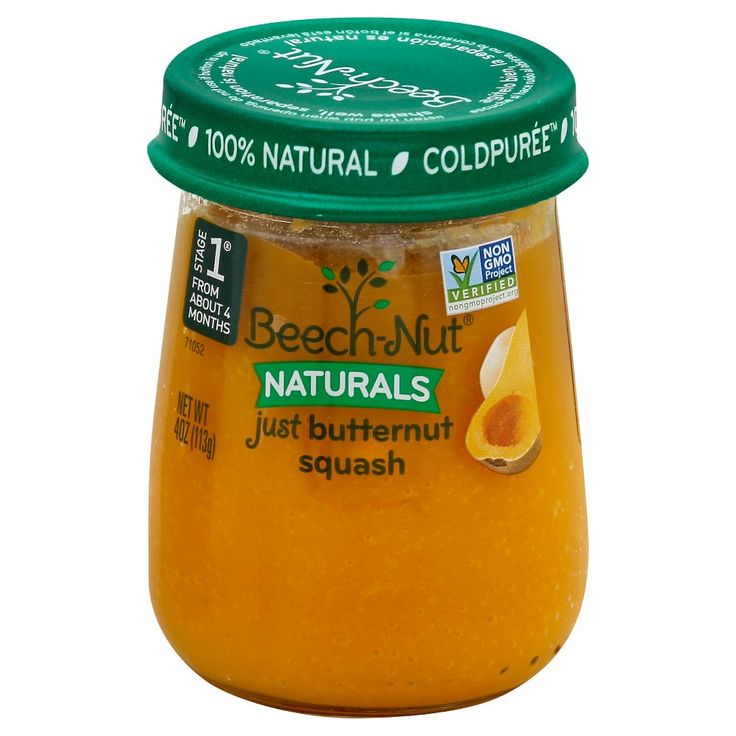 The insides will range from bright yellow to burnt orange, so don’t be alarmed if yours is somewhere in that color range.
The insides will range from bright yellow to burnt orange, so don’t be alarmed if yours is somewhere in that color range. - Thyme or Rosemary: We are kicking up the flavor profile with a fun and fresh herb — thyme or rosemary. Either of these herbs will tone down the earthiness of the squash and ramp up its freshness and citrus aspect. You can’t go wrong with either. But you can always skip adding herbs and spices to your baby food if you prefer (see more below).
Adding Healthy Fats Tip: If you are looking to add some extra healthy fat to your baby’s meals, then you can drizzle the butternut squash with extra virgin olive oil before roasting. Olive oil is a healthy fat that is full of omega 3 and omega 6 that helps baby absorb vitamin D which is important for bone growth and strengthening.
Tools NeededThese tools will make it a lot easier for you to make this healthy Sweet Potato puree. For more of my favorite kitchen tools make sure to check out my online shop.
- Baking Sheet
- Blender or Food Processor
- Knives
- Freezer Tray
- Storage Containers for Fridge
- Stasher Bag
- Bib with catch pocket
- Reusable pouches
- Heat Oven: Preheat the oven and line a baking sheet.
- Prep Squash: Cut the butternut squash in half and scoop out the seeds. Place them on the baking sheet with the flesh side down, and brush with olive oil (optional).
- Bake: Place the baking sheet in the oven and bake until easily pricked with a fork.
- Scrape: Let it cool, and then scrape off the skin until you only have the butternut squash left. Add to the blender or food processor.
- Add Herbs: Add in a pinch of thyme or rosemary to the butternut squash.
- Puree: Turn on the blender and puree until smooth, adding liquids if needed.

- Serve or freeze for another meal.
While I love the earthly, caramel flavor of roasted butternut squash, there are several ways you can cook butternut squash for baby food.
SteamingPeel and roughly chop 1 butternut squash. Place the cubes into a steamer basket over 2 inches of boiling water for 10-15 minutes or until tender when pricked with a fork. Puree in a blender as directed below.
BoilingPlace 1 peeled and roughly chopped butternut squash into a medium saucepan, add enough water to cover the butternut squash, and bring to a boil. Reduce to simmer and cook for 7-10 minutes or until tender when pricked with a fork. Puree in a blender as directed below. Note that boiling the butternut squash decreases the nutritional value of the puree since a lot of the nutrients are thrown out with the water after cooking.
Saving Time Tip: Steaming or boiling butternut squash are great methods to use if you are using prepared or frozen butternut squash. I have found both peeled and cubed fresh or frozen butternut squash in my grocery store, which are both viable options if you are short on time.
I have found both peeled and cubed fresh or frozen butternut squash in my grocery store, which are both viable options if you are short on time.
Frequently Asked Questions
Can butternut squash be baby’s first food
Butternut squash can 100% be your baby’s first food if you want it to be. It is recommended to wait to introduce the top eight allergen foods to your baby once a few other well-tolerated foods have been introduced, but otherwise, foods can be introduced in any order so choose whatever you are most excited for your baby to have.
Is butternut squash a common allergen for baby?
No, butternut squash is not a common allergen, however, as with any food, start with a small portion and be aware of any signs that might be an allergic reaction after introducing it.
When can baby eat butternut squash?
Babies can have butternut squash as one of their first foods.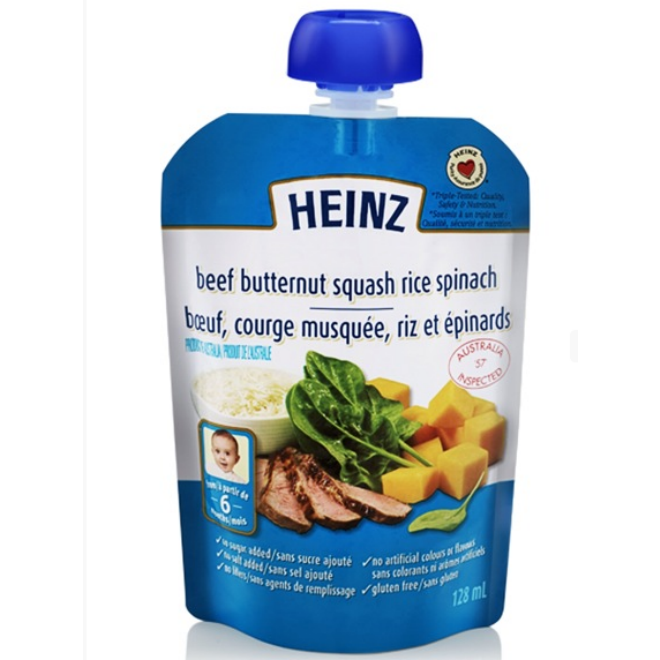 When a baby can start on solids is determined by their own rate of development, which generally comes between 4-6 months of age. Some of the developmental milestones babies need to reach in order to start solids include: if your baby has solid control of their head and neck, if your baby has doubled in weight, and if your baby is reaching for or opening their mouth when you eat (see my guide here). Before you start your baby on purees, you should consult with your pediatrician to make sure your child is developmentally ready.
When a baby can start on solids is determined by their own rate of development, which generally comes between 4-6 months of age. Some of the developmental milestones babies need to reach in order to start solids include: if your baby has solid control of their head and neck, if your baby has doubled in weight, and if your baby is reaching for or opening their mouth when you eat (see my guide here). Before you start your baby on purees, you should consult with your pediatrician to make sure your child is developmentally ready.
Can you add spices or herbs to this baby puree?
Yes! You can add in a pinch of chopped rosemary to this recipe, but feel free to use the following spices instead: basil, cilantro, ginger, nutmeg, coriander, mint, cinnamon, or mild curry powder (see quantity recommendations in the recipe card).
Tip on Spices: I always add spices or herbs to my baby food purees, but you can choose to leave them out in all of your baby food. You do you! Either way, this puree will surely taste amazing.
You do you! Either way, this puree will surely taste amazing.
Does butternut squash cause constipation for babies?
Butternut squash, though unlikely, may cause constipation in some babies, so avoid giving too much.
How to Store Butternut Squash Baby FoodRefrigeratorYou can store this puree in an airtight container in the fridge for up to 4 days.
FreezerThis puree can be frozen for up to 4 months.
- Spoon puree into a freezer storage container– do not overfill.
- Place the lid on the storage container or cover with a piece of saran wrap, and label with the date and recipe name.
- Place the tray into the freezer and let it freeze completely — preferably overnight.
- Pop-out the baby food cubes and place them in a ziplock baggie or stasher bag. Don’t forget to relabel the baggie or stager bag for future reference.

Need more information on how to store your baby foods? Head over to my Best Baby Food Storage Containers – Plus 6 Tips on Freezing and Thawing post!
Label Tip: Don’t forget to label your purees before you place them in the fridge or freezer with the name of the puree and the date you made it. Take it from me; by the end of the week, you will completely forget what is in your freezer and how long it’s been there. 😉
Puree Feeding Tips
- Follow your baby’s lead – when feeding purees from a spoon, sometimes there’s a tendency to keep offering bites past the point of your baby being full. Always follow baby’s cues for when they are done eating. Turning away from the spoon, closing her mouth, or pushing food away are all signs that baby is finished with the meal.
- Trial adding a little seasoning or spice to purees – babies like flavor! Or consider changing the temperature of purees from time to time, to slightly warmed or slightly chilled.
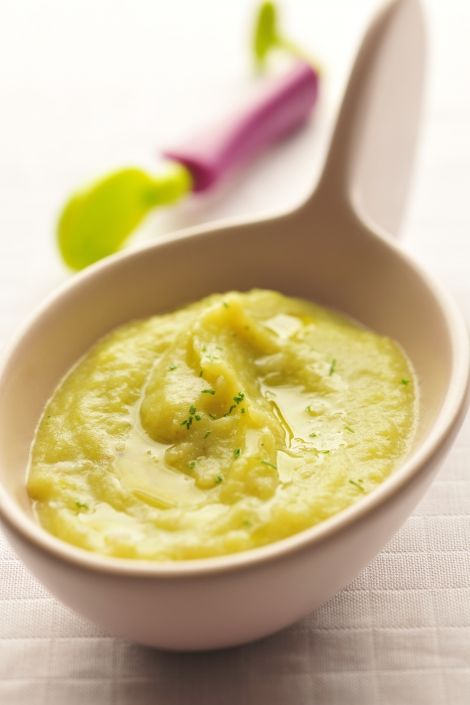 Varying these aspects adds to the sensory experience!
Varying these aspects adds to the sensory experience! - Place a small amount of puree on the tray during spoon feeding, so that your baby can dip their fingers or hands in the puree. Allowing baby to explore foods in this way helps them learn to self-feed and can help them be more willing to try new textures and foods in the future.
While this butternut squash puree is tasty by itself, it’s also super easy to mix and match with other nutrient-dense baby food purees. So give these fun flavor combos a try!
- Apples
- Carrots
- Pears
- Cherries
- Quinoa Baby Cereal
- Chicken
- Corn
- Sweet Potato
- Soft Tofu
- Pumpkin
- Mango
- Cauliflower
- Yogurt
I’D LOVE TO KNOW HOW IT TURNED OUT! LEAVE A COMMENT AND A ⭐️ RATING BELOW 👇
Or watch a shortened version of the video here.
- 1 butternut squash
- 1 tsp fresh thyme or rosemary, roughly chopped
- 1-2 tsp olive oil (optional)
- 1/2-1 cup liquid (water, fresh breast milk, formula, stock or bone broth)
Preheat: Heat oven to 450 degrees F. Line baking sheet with a silicone mat, tin foil or parchment paper.
Prep: Cut butternut squash in half, deseed and place flesh side up, skin side down on the baking sheet. Optional – feel free to drizzle the squash with 2 teaspoons of olive oil for some added healthy fat.
Roast: Place the baking sheet into the oven and bake for 45-60 minutes or until you can easily prick the squash with a fork.

Peel: Let cool until you can handle the squash with your hands. Scrape the flesh off of the skin and place in a blender or food processor.
Add Herbs: Add the thyme or rosemary to the blender.
Puree: Turn on the blender or food processor and puree, adding liquid in 1/4 cup increments until you have the desired consistency. I had to add in 3/4 cup of water to my puree shown below.
Eat: Serve or freeze for later.
Age: 4-6 months and up
Yield: 25 ounces
Additional Spices: Feel free to sub the thyme or rosemary for 4 chopped basil leaves, 1 tsp chopped cilantro, 1/2 tsp minced fresh ginger, 1/2 teaspoon nutmeg, 1/2 tsp coriander, 1/2 tsp cinnamon or even 1/2 tsp of mind curry powder.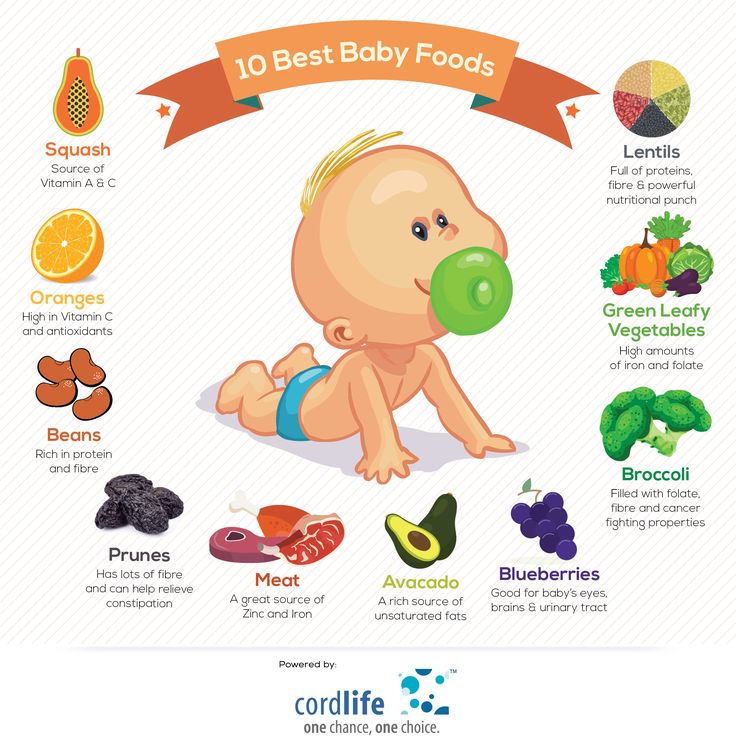
Freezer Tray
Blender
Silicone Baby Bibs
Bumkins Baby Bowl
Tripp Trapp High Chair
GreenPan Cookware
Did you make this recipe?
Tag @babyfoode on Instagram and hashtag it #babyfoode!
Pin Recipe Email a Friend
The best varieties of pumpkin for open ground
Author Maria Chursina To read 10 min. Views 11.4k. Posted on
Botanically, pumpkin is considered a berry, but in cooking it is a vegetable that can be used to prepare both desserts and meat dishes. It is a valuable food product for animals and is perfectly stored, which makes it possible to use it all winter. Pumpkin seeds are very useful: they can be dried and eaten as a snack, they are also used to make oils that are used for cooking and cosmetics.
There are 20 types of pumpkin in the world. Breeders are constantly working on edible species and creating new varieties and hybrids with improved qualities. We suggest that you familiarize yourself with the popular varieties of pumpkin in the article.
We suggest that you familiarize yourself with the popular varieties of pumpkin in the article.
Content
- Danka Polka (Gelios)
- Ukrainian multiple (Helios)
- Lunga Piene Napoli (Helios)
- Muscat de Provence (Clause)
- Atlas F1 (Sakata)
- Atlantic)
- Olga (Moravoseed)
- West (Lark Seeds)
- Vioolin (hortus)
- Big Max (Hortus)
- Arachic oil (Servise Plus)
- PAEP FILD (Geli)
- Muscat (Elite Row)
- Veltruska Obrovsk (Moravoseed)
- Atlant (Goliash) (Moravoseed)
- Bulgarian (Seedera)
- SETS (ENZA Zaden)
Medium climbing plant with dissected leaves of medium size, light green with spots.
Fruits are round-flattened, orange-green in color with a marble pattern, weighing 2.5-3.5 kg. The crust is of medium thickness. The flesh is firm and starchy.
The flesh is firm and starchy.
Danka Polka keeps well and has a high nutritional value as a fodder vegetable. Also, seeds are easily separated from her, so they are selected manually or by grinding with a combine.
Pumpkin Danka Polka in the fieldPumpkin variety Ukrainian multipleAn early maturing large-fruited pumpkin variety that ripens in 85-90 days from germination.
Vigorous plant, well loaded with long stems. Healthy and thick leaves cover the fruits from sunburn. The shrub is drought tolerant and not prone to developing powdery mildew.
Fruits are round-oval in shape, yellow-green in color with voluminous stripes, weighing from 5 to 8 kg. The rind is smooth and very hard, while the flesh is yellow, crispy and sweet.
Ukrainian polycarp is valued for the fact that it can be used to collect seeds for the production of oil and cosmetics. Also, its fruits are transportable and keeping.
Table gourd Lunga Piena di Napoli Well-known variety of hard-barked gourd of early ripening and universal use.
Very vigorous, creeping and productive plant. Pumpkin is not whimsical to growing conditions and gives a high yield even on poor soils.
Fruits are large, narrow-cylindrical, green in color with orange veins, weighing 15-20 kg (up to 35 kg). Carrot pulp. The seed chamber is small and located at the end of the berry.
Lunga Piena di Napoli is a green gourd that tastes great and keeps well. It is also eaten by pets.
Muscat de Provence GourdReview of pumpkin Lunga Piena di Napoli by Vera S.:
The pumpkin is very tasty and sweet. The hot orange color of the pulp makes my dishes not only beautiful, but also unique.
Universal Muscat gourd for the fresh market and various types of processing. Vegetation average lasts 120 days.
The variety is compact, undemanding to the growing environment. Shows itself well when grown on different types of soil and irrigation methods.
Fruits are rounded flattened with visible spots, orange-brown.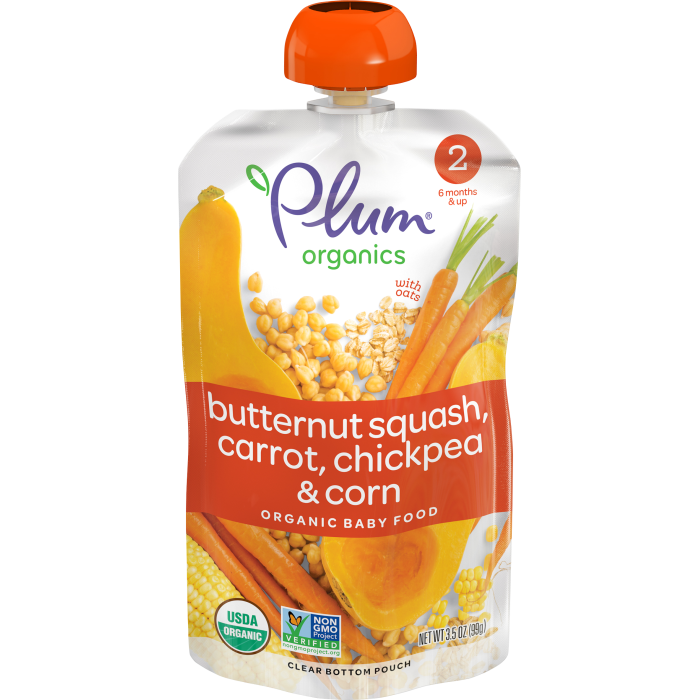 The average diameter of a pumpkin is 40 cm, and its weight is 8-10 kg. The pulp is odorous and tasty (dry matter content - 10%).
The average diameter of a pumpkin is 40 cm, and its weight is 8-10 kg. The pulp is odorous and tasty (dry matter content - 10%).
Muscat de Provence stands out for its high yield, long shelf life and versatility.
What the original packaging of Muscat de Provence pumpkin looks like Pumpkin butternut Atlas F1Feedback about pumpkin Muscat de Provence from Victoria K.:
Good pumpkin for storage. Sweet and bright orange. Baked in the oven is just great.
Muscat hybrid with an average ripening period (85-100 days) for making purees and juices, as well as long-term storage.
Climbing bush with a strong root system, which provides high performance when grown on dry land.
Fruits are homogeneous, portioned, pear-shaped, weighing 2-3 kg. The peel is smooth, light orange in color. The seed chamber is small. The pulp is sweet, rich orange.
Butternut squash variety Atlas F1 is characterized by long fruiting and excellent storage in the post-harvest period.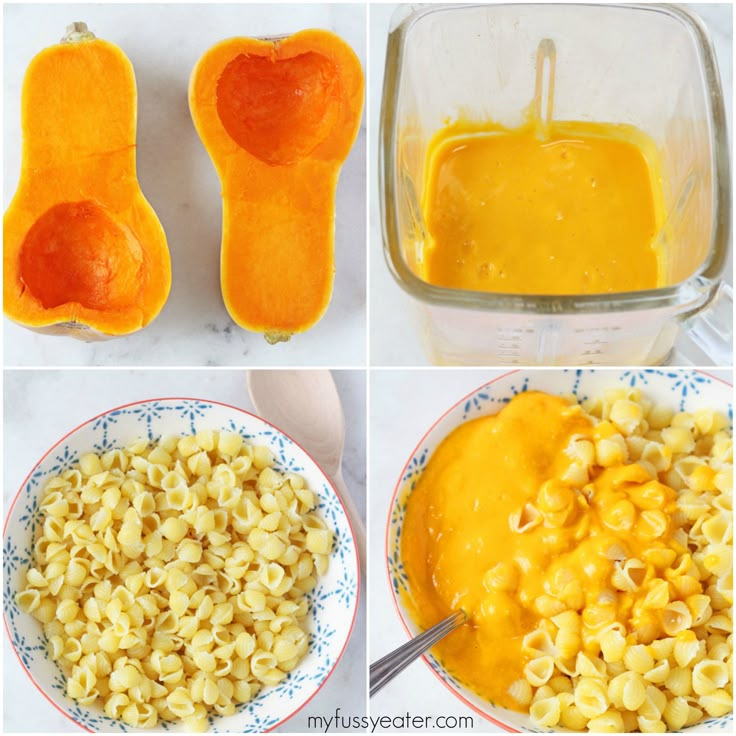
The largest pumpkin in the world, the fruits of which enter the Guinness Book of Records every year. It belongs to late varieties and ripens in 105-125 days.
Creeping plant, resistant to common diseases. But for the formation of the crop, he needs a large area of \u200b\u200bnutrition.
Fruits are round-flattened, ribbed, greenish-orange. The flesh is thick, sweet and tender. When grown without top dressing, a pumpkin can reach a mass of 50-70 kg, and on a good agricultural background - 150-250 kg and more.
Atlantic giant pumpkin variety suitable for human consumption and animal feed. It tolerates transportation well and is stored for a long time without loss of commercial qualities.
Gymnosperm pumpkin OlgaA unique variety of gymnosperm pumpkin with high oil content. Ripens in medium terms.
Vigorous plant with creeping stems and strong root system. Resistant to stressful weather conditions.
Young fruits are green with white spots, while mature fruits are orange with pronounced marbling. Pumpkins are round in shape and weigh from 4 to 6 kg. The pulp is tasty, medium thickness.
The main advantage of the Olga pumpkin variety is that it contains large seeds without husks, which have a high mineral content.
Stop-fake or how the original packaging and pumpkin seeds look likeThe plant is high-yielding, powerful, medium climbing. Pumpkin is resistant to many fungal diseases, easily tolerates temperature changes and other adverse weather conditions.
Fruits are round-flat, pale orange, weighing up to 15 kg. The pulp is rich orange, sweet, with a high content of solids. The seed chamber is medium.
Variety West has a very hard peel, so it does not crack during transportation and is stored for a long time.
Butternut squash ViolinaFeedback about West pumpkin from Valery N.:
Suitable for long-term storage and turned out to be very large.
I am pleased with the result.
Nutmeg squash variety with medium maturity. It takes 110 days from germination to harvest.
Vigorous climbing plant with green leaves and bluish spots. Suitable for growing on all types of soil.
Fruits are pear-shaped, weighing 3-4 kg, with orange peel and bright flesh.
Small seminal chamber located at the beginning of the fruit.
Due to the nut peel Violina is well transported and stored throughout the winter period without deteriorating the taste.
Large-fruited pumpkin Big MaxMid-season variety of large-fruited pumpkin, which is ready for harvest 110-120 days after sowing the seeds.
The plant is characterized by unpretentiousness to the place of growth, as well as resistance to common diseases.
Fruits are round, reddish-orange, weighing up to 50 kg. The pulp is orange-yellow, up to 10 cm thick, very odorous and tasty.
Advantages of the pumpkin variety for Big Max juice are transportability, excellent presentation, keeping quality and versatility in use.
Early maturing pear-shaped gourd variety. From the emergence of seedlings to the full ripening of fruits, 90-100 days.
Strong plant, does not take up much space on the field. Shows high resistance to temperature changes and diseases of pumpkin.
Cream-colored fruits, elongated in shape, with an average weight of 4-5 kg. The pulp is sweet and juicy, orange in color.
Pumpkin Peanut butter has a delicate taste and pleasant nutmeg aroma, which is why it is popular for fresh use in cooking and industrial processing. Also, the variety is stored for 6-12 months.
Anti-fake or how to distinguish the original packaging of pumpkin seeds Peanut butter from a fake Famous Connecticut Field 9 pumpkin variety0002 One of the most famous pumpkin varieties in the world, which was bred by breeders in America. According to the ripening period, it belongs to medium early (110-115 days). The plant is long-branched, not demanding on the place of growth, shows itself well in various growing regions.
Fruits are round, slightly ribbed, bright orange, weighing up to 8 kg. The pulp is yellow, thick. Pumpkin is great for making confectionery.
Connecticut Field keeps well for over a year. In America, it is used to carve faces for Halloween.
Nutmeg pumpkin Rouge vif de TampesMedium high-yielding variety of large pumpkin. The period from the first shoots to harvest lasts 110-115 days.
The bush is powerful, does not require special conditions and is plastic. Tolerant to many cucurbit diseases.
Fruits of large size, red-orange color, rounded flattened, with segmentation, weight 15-20 kg. The pulp is bright orange in color, firm structure with excellent taste.
Rouge vif de Tampes is intended for fresh consumption, storage and production of juices, baby food and various types of cereals.
Description of Clause's original seed jar of Rouge Vite de Tampes Butternut squashReview of pumpkin Rouge vif de Tampes from Valentina R.:
A big one is growing. The flesh is bright orange and sweet.
The seeds are good.
Mid-season nutmeg cultivar for fresh consumption and processing. Ripens 100 days after planting.
Plant of medium vigor, with long vines and green leaves with white spots. Weakly affected by powdery mildew.
Fruits are smooth, elongated-cylindrical in shape with an extension near the flower. Pumpkins are orange-yellow in color, with an average weight of 6 to 7 kg.
The advantage of the Muscat squash variety is its dark orange flesh, which has an amazing taste.
Large-fruited pumpkin Veltruska ObrovskaMid-season variety of large-fruited pumpkin for consumption, canning and pet food.
Plant with strong root system and creeping stems. Designed for planting seeds in open ground.
The fruits are large, round-flattened in shape, with an average weight of up to 20 kg.
The surface of the pumpkin is smooth, pink-orange in color. The pulp is 5-8 cm thick, orange, very tasty.
The pulp is 5-8 cm thick, orange, very tasty.
Veltruska Obrovska tolerates transport over long distances well and can be stored until spring.
Mid-season high-yielding pumpkin variety for eating, canning and storage. Vegetation period - 110-130 days.
The plant forms a strong root system and powerful creeping stems. Relatively resistant to fungal diseases of Cucurbitaceae, including powdery mildew.
The fruits are large, round-oval, red-orange in color, weighing 18-30 kg (can reach 50-70 kg). The pulp is 5-8 cm thick, orange, sugary.
Atlant (Goliash) is a versatile variety of hard-skinned pumpkin that produces high quality fruits.
Pumpkin photo BulgarianReview about pumpkin Atlant (Goliash) from Igor K.:
Excellent variety! The largest pumpkin was 50 kg!!! Sweet to taste, well stored.
Pumpkin cultivar of medium maturity with high seed yield. Ripens 95-105 days after germination.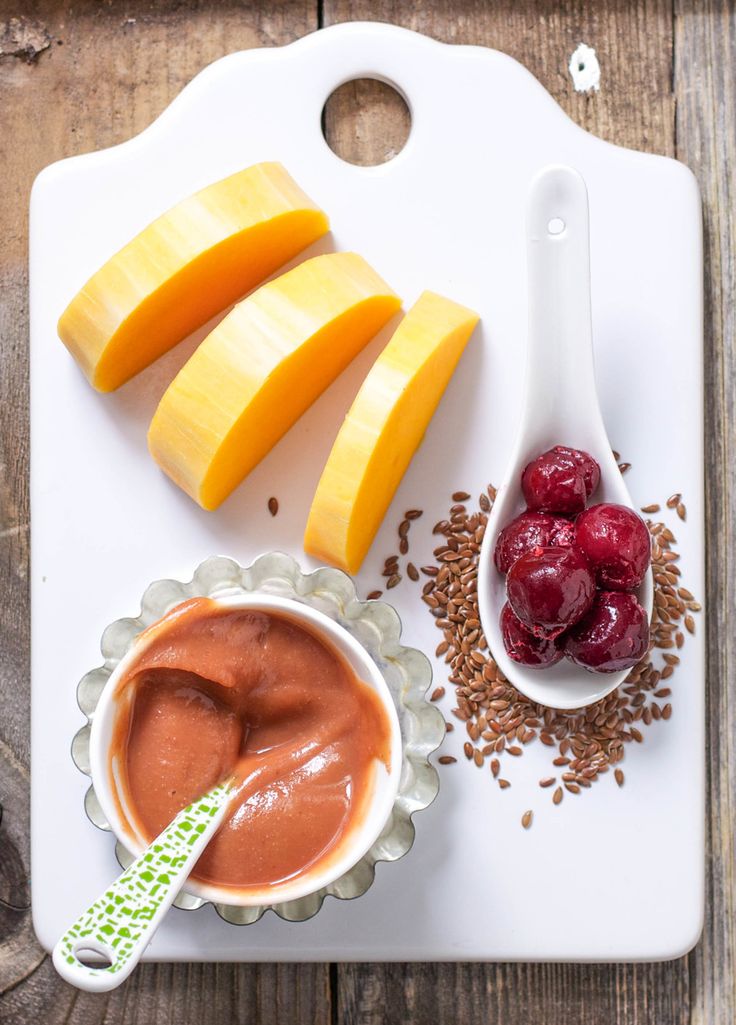
Bush plants resistant to common diseases and temperature changes in autumn.
Fruits are cylindrical, pale yellow, smooth, weighing 3-5 kg. The flesh is light orange, crisp, 5-7 cm thick. The seed chamber is large, with yellow-cream seeds.
Bulgarian pumpkin is used for fresh consumption and short-term storage. The variety is suitable for growing for seeds.
Pumpkin Tiana F1An early hybrid of pumpkin for fresh sale and use in cooking. The growing season is 90-95 days.
The plant is medium-sized, produces 3-5 fruits under various growing conditions. Tolerant to pumpkin yellow mosaic virus.
Slightly ribbed, cylindrical, mustard colored fruit. This is a variety of small portioned pumpkin weighing 1.2-1.5 kg. The pulp is orange.
Butternat variety Tiana F1 is perfectly stored all winter and retains high taste qualities throughout the entire period.
The list describes the most popular pumpkin varieties with photos that are most in demand in our online store. They have been a favorite with customers for many years.
They have been a favorite with customers for many years.
Share in the comments what types and varieties of pumpkins you have grown and how you liked it the most.
If you find an error, please highlight the text and press Ctrl+Enter .
Download the article in PDF
11 best varieties of pumpkin
Pumpkin is the oldest vegetable crop, whose seeds 7,000 years ago were found in America during archaeological excavations. Today, the healing and dietary properties of pumpkin have a scientific basis. In baby food, this vegetable replaces carrots and apples in terms of vitamin content. How to choose the best pumpkin varieties will be discussed in our review.
The taste of pumpkin is treated differently, and the taste of different varieties of pumpkin varies greatly. Some are looking for varieties with a classic vegetable taste for making puree soups, while others need sweet dessert varieties to “crunch” raw slices. Varietal diversity can satisfy the needs of everyone. In Russia, pumpkin is represented by three types:
In Russia, pumpkin is represented by three types:
- large-fruited pumpkin : the most cold-resistant; late-ripening; suitable for the middle band; lies until summer;
- hard-barked gourd : the smallest gourds; precocious; shoots and leaves are covered with hard thorns; grown everywhere;
- Muscat pumpkin : the most thermophilic and late ripening; pumpkins are very tasty; in the middle lane it is more reliable to grow through seedlings and with shelter.
Decorative varieties of pumpkins are considered separately: warty, mushroom-shaped, tiger, zebra, orange, watermelon, pear-shaped. I use their fruits in an unripe state, before the crust hardens. Ripened fruits serve as material for crafts and garden decor.
Rating of the best varieties of pumpkin
| Category | Place | Description | Rank |
|---|---|---|---|
| The best varieties of large-fruited pumpkin | 1 | Medical (Russia, 1994) | 9. 9 / 10 9 / 10 |
| 2 | Marble (Russia, 1975) | 9.9 / 10 | |
| 3 | Pink Banana (USA, not listed) | 9.9 / 10 | |
| 4 | Kashevar (Russia, 2017) | 9. 8 / 10 8 / 10 | |
| 5 | Kroshka (Russia, 1996) | 9.8 / 10 | |
| 6 | Orange Summer F1 (Holland, 2015) | 9.8 / 10 | |
| The best varieties of hard-barked pumpkin | 1 | Melonet Jaspe du Vende (France, not registered in the register) | 9.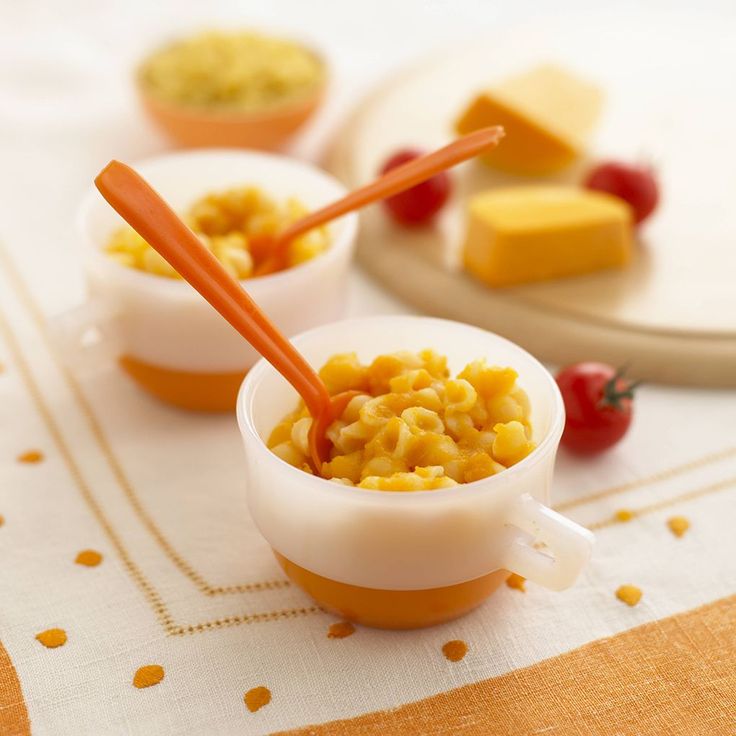 9 / 10 9 / 10 |
| 2 | Winter Luxury Pie (USA, not in the registry) | 9.8 / 10 | |
| The best varieties of nutmeg pumpkin | 1 | Matilda F1 (Holland, 2009) | 9.9 / 10 |
| 2 | Vitaminnaya (Russia, 1952) | 9.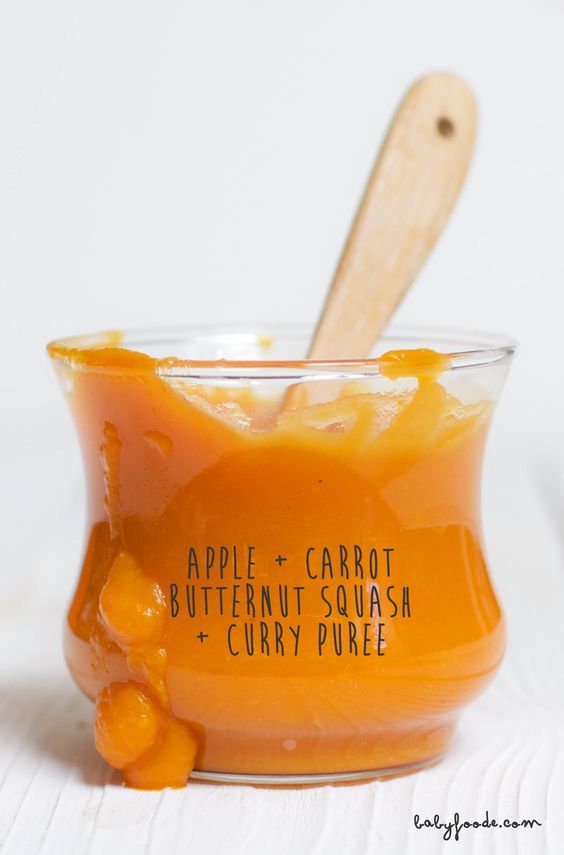 8 / 10 8 / 10 | |
| 3 | Muscat de Provence (France, 2013) | 9.8 / 10 |
The best varieties of large pumpkin
|
Medical (Russia, 1994) Opens our ranking of the best varieties of pumpkin, an early maturing, patented table variety for farm and amateur cultivation. The variety is approved for cultivation in the North-Western, Central, Volga-Vyatka regions, in the Lower Volga region, Siberia and the Urals. Suitable for winter-spring use, immediately after harvesting it has a high starch content. Main advantages:
Cons:
| 9. Rating Reviews Can be eaten raw, strongly stains hands and knife, very few seeds. I grow for candied fruits - the whole family loves them. Sweetness is present, but not cloying. Good for puree and frying. The best taste is in those whose bark has already turned pink during storage. |
|
Marble (Russia, 1975) An old dessert variety of pumpkin of medium late ripening. The variety is zoned in the North Caucasus region, where it is grown by direct sowing into the ground. In the middle lane, it is recommended to use the seedling method. In the Moscow region, 3-week-old seedlings of Marble pumpkin, grown in individual liter pots, are planted in open ground. Main advantages:
Cons:
| 9. Rating Reviews Very sweet pumpkin, not capricious in cultivation. The fruits do not crack after cold rains. Perfectly ripen at home, if the weather does not allow to leave on the site. |
|
Pink Banana (USA, not listed) Good vintage American mid-season squash. This pumpkin variety is popular throughout Russia. In cool summers, it sets fewer fruits. Suitable for winter and winter-spring use. The taste improves with storage. Main advantages:
Cons:
| 9. Rating Reviews I have been growing Banana for a long time, I like the taste and yield. But he needs a lot of space and enough sun. The rest is unpretentious. |
|
Kashevar (Russia, 2017) A promising early maturing variety of table pumpkin. Main advantages:
Minuses:
| 9. Rating Reviews I grow a variety recently. I like the taste: both for baking and for juice. In the middle lane, they ripen completely in the garden. It reacts very badly to shading in the morning. |
|
Kroshka (Russia, 1996) Good mid-late varietal pumpkin for table use. Main advantages:
Cons: | 9. Rating Reviews For our family, this is the most delicious dessert variety of pumpkin. We eat it even raw. I grow through seedlings - it's more reliable. The rest of the care is normal, without sophistication. |
|
Orange Summer F1 (Holland, 2015) Modern early maturing hybrid of table pumpkin. The hybrid is approved for cultivation in all regions of Russia. Suitable for autumn use and immediately after removal. As it is stored, it picks up sugar. Lies until spring. Sensitive to light: in partial shade, the fruits are poorly tied and shrink. Main advantages:
Cons:
| 9. Rank Reviews This hybrid is a godsend for opponents of sweetness in vegetables. I cook "vegetable" dishes from pumpkin. The fruits are medium-sized, the yield of pulp is high. |
The best hard-barked gourds
|
Melonet Jaspe du Vende (France, not registered in the register) An old pumpkin variety of early and medium early ripening. Main advantages:
Cons:
| 9. Rating Reviews The most delicious and fruitful of hard-skinned pumpkins. Not too sweet or strong flavor. The slices are pleasant raw. In the suburbs grows and matures perfectly. |
|
Winter Luxury Pie (USA, not in the registry) Early ripe variety of pumpkin. The variety is successfully grown in Tomsk, Moscow, Orenburg regions, Perm region. To obtain larger fruits, the plant is normalized and the remaining lashes are pinched. Main advantages:
Cons:
| 9. Rating Reviews Surprised by tender pulp, when fresh it bites gently, without crunch. A lot started and all of the same size and shape, as in the selection. |
The best varieties of butternut squash
|
Matilda F1 (Holland, 2009) Mid-season pumpkin hybrid for horticultural cultivation. The hybrid is approved for cultivation in the Central region. The seedling method is used, planting 3 week old seedlings in the ground. When harvested prematurely, pumpkins ripen well indoors. Main advantages:
Cons:
| 9. Rating Reviews Matilda is the best kept and the sweetest of all butternut squash. If you create good conditions and are lucky with the weather, you will be pleased with the yield. |
|
Vitaminnaya (Russia, 1952) Well-known late-ripening pumpkin variety. In the register for the North Caucasus region, but actively grown in the central part of Russia through seedlings. In the Moscow region Vitamin pumpkin has time to ripen in the garden. Powdery mildew and anthracnose are affected to a moderate degree. Main advantages:
Cons:
| 9. Rating Reviews A successful variety, which is still held in high esteem by many. I roll juice from Vitaminnaya for the winter. It is better to use it until the end of autumn, although it lies relatively well in coolness and darkness, but the taste is worse. |
|
Muscat de Provence (France, 2013) In the state register, it is listed as Muscat Provence. Pumpkin Muscat de Provence is zoned in all regions of Russia. Grown through seedlings. In the Moscow region, it does not ripen during the season, it is removed for ripening in a warm room. Readiness for use is determined by the mature color of the bark. To accelerate the maturation of the lashes are normalized. Main advantages:
Cons:
| 9. Rank Reviews The acclimatized "Timiryazev version" of the variety is not so late, it ripens better. The fruits already in early December are gaining a pleasant sweetness. The pumpkin has fragile whip shoots and a powerful tap root system. The flowers are dioecious, pollinated mainly by bees due to the heaviness of the pollen, intolerable to the wind. |
In Russia, many varieties are reproduced by several originators. According to the reviews of summer residents with 15 - 20 years of experience, an assessment of the pumpkin variety should be given with an indication of the manufacturer.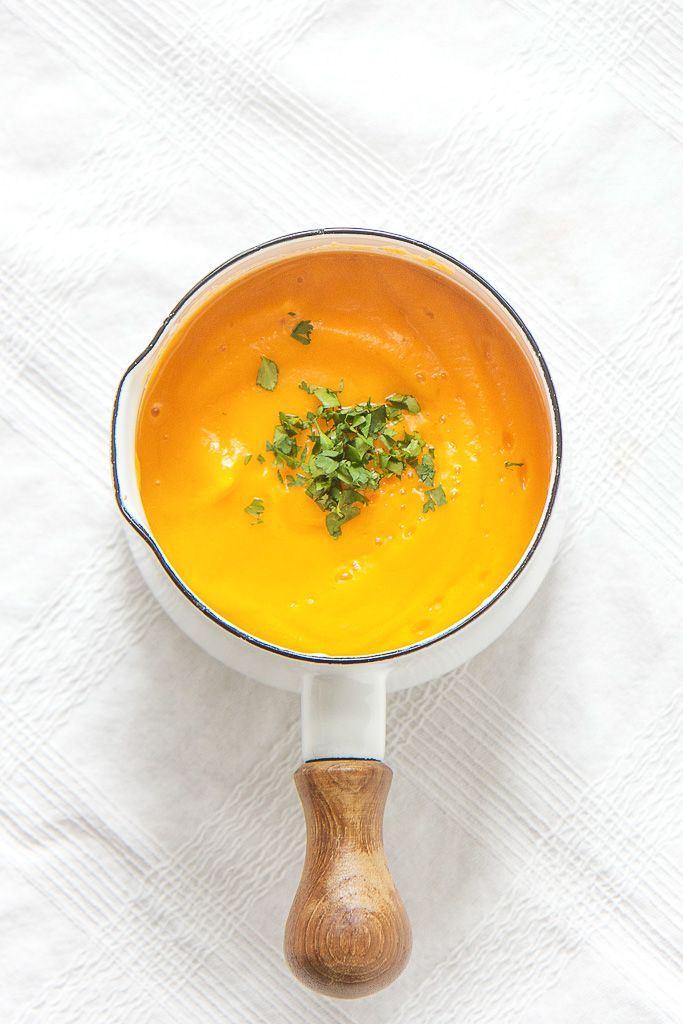

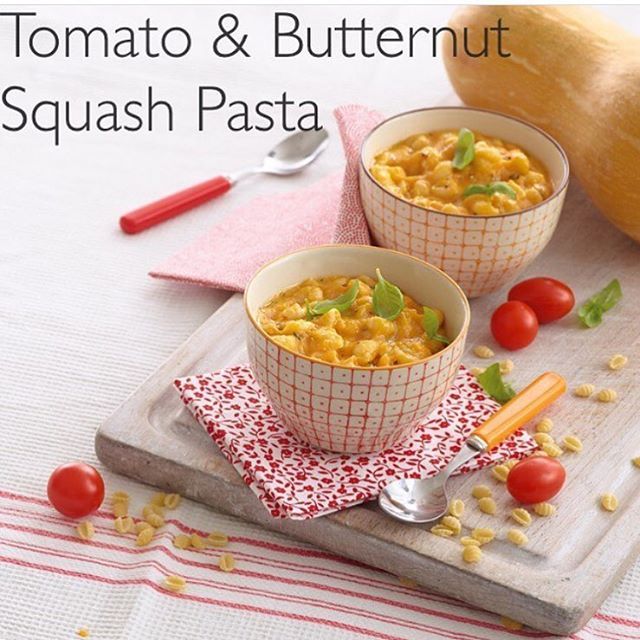 Ripe fruit gives for 95 - 105 days after germination. The plant forms short lashes with uncut leaves. The pumpkin is flattened, with slightly pronounced lobes, light gray with a dense dark gray mesh, weighing 4 - 6 kg. The bark is thin. The pulp is of medium thickness, light orange, crispy, dense, sweet, juicy, with a delicate aroma. Seed nest of medium size, open; seeds are smooth, medium size.
Ripe fruit gives for 95 - 105 days after germination. The plant forms short lashes with uncut leaves. The pumpkin is flattened, with slightly pronounced lobes, light gray with a dense dark gray mesh, weighing 4 - 6 kg. The bark is thin. The pulp is of medium thickness, light orange, crispy, dense, sweet, juicy, with a delicate aroma. Seed nest of medium size, open; seeds are smooth, medium size.  9 / 10
9 / 10 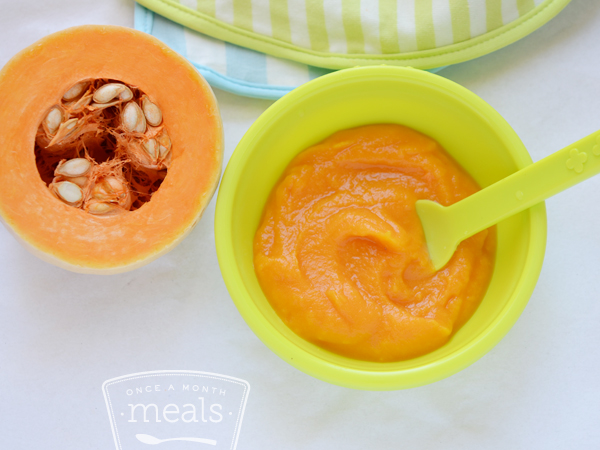 Harvesting is carried out 135 days after germination. The plant forms long and powerful lashes. The pumpkin is flattened, with a wrinkled surface, with pronounced lobes, greenish-gray with light speckles, acquires an orange color when ripe, weighing 4-5 kg. The flesh is firm, juicy, tender, amber-orange, sweet and aromatic. Ideal for baking.
Harvesting is carried out 135 days after germination. The plant forms long and powerful lashes. The pumpkin is flattened, with a wrinkled surface, with pronounced lobes, greenish-gray with light speckles, acquires an orange color when ripe, weighing 4-5 kg. The flesh is firm, juicy, tender, amber-orange, sweet and aromatic. Ideal for baking. 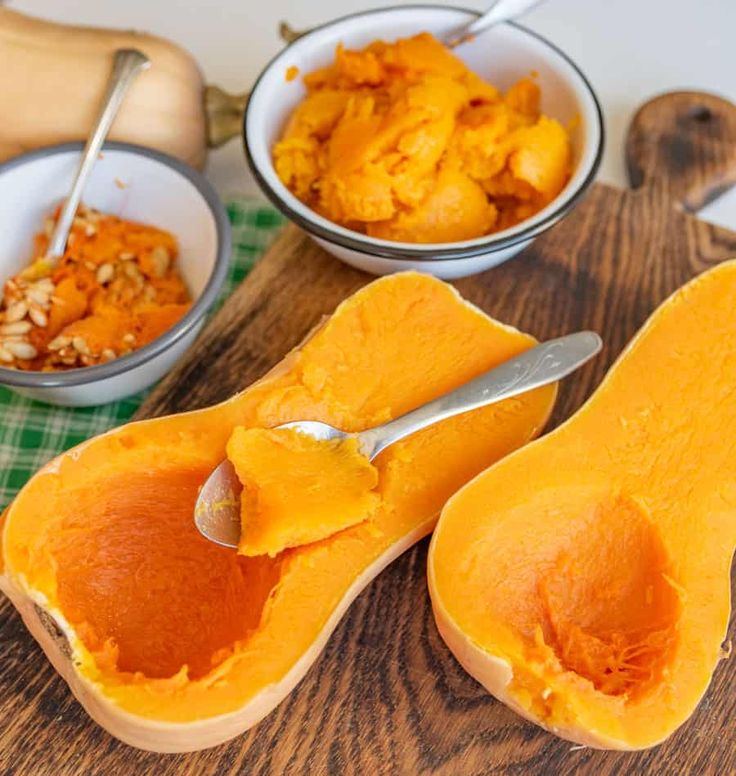 9 / 10
9 / 10 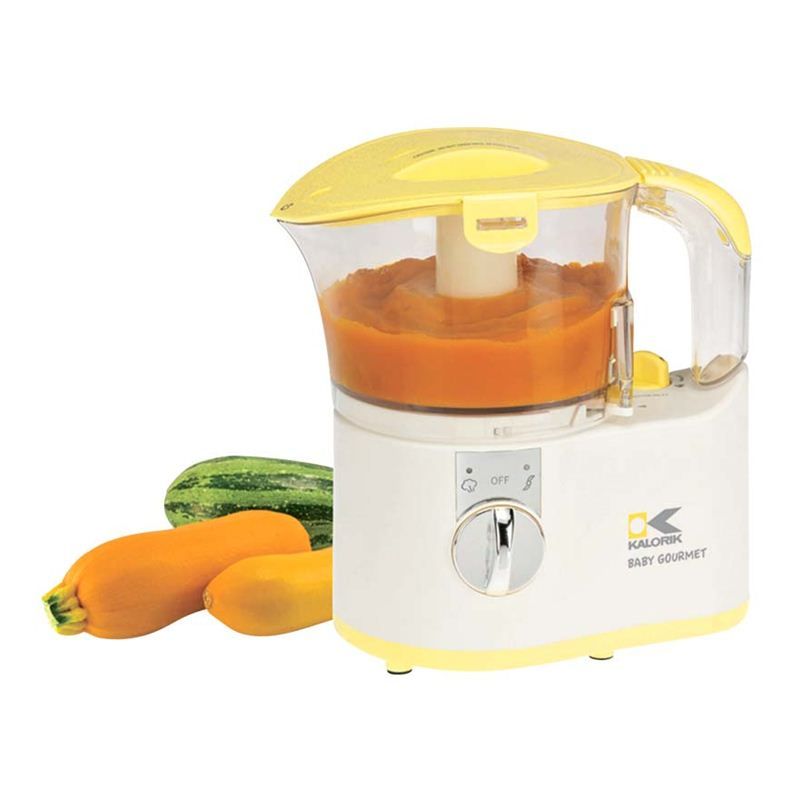 Ripens 100 - 115 days after germination. The plant is powerful, gives whips more than 5 meters long with large leaves. Pumpkin outwardly resembles an overripe zucchini, oblong, up to 120 cm long, pink-orange, with light elongated spots, with an average weight of 7–10 kg, when normalized, it reaches 28–30 kg. The flesh is bright orange, dense, tender, without fibers, sweet, with a slight pumpkin aroma. The bark is thin, strong, cracks when cut.
Ripens 100 - 115 days after germination. The plant is powerful, gives whips more than 5 meters long with large leaves. Pumpkin outwardly resembles an overripe zucchini, oblong, up to 120 cm long, pink-orange, with light elongated spots, with an average weight of 7–10 kg, when normalized, it reaches 28–30 kg. The flesh is bright orange, dense, tender, without fibers, sweet, with a slight pumpkin aroma. The bark is thin, strong, cracks when cut.  9 / 10
9 / 10  The fruits ripen in 85 - 100 days after germination. The plant forms long lashes with slightly dissected leaves of medium size. The pumpkin is flat-round, red, with a pattern of dark green spots and strokes on the surface, wrinkled, divided into lobule segments, with small grooves, weighing 2-3 kg. The pulp is bright orange, dense, crispy, fragrant, sweet, juicy. The seed chamber is medium in size, the seeds are large. Up to 8 fruits can be harvested from one plant. After removal, marketable and taste qualities are preserved 80 - 90 days. This pumpkin variety is recommended for cultivation in all regions of Russia. Suitable for autumn and winter use.
The fruits ripen in 85 - 100 days after germination. The plant forms long lashes with slightly dissected leaves of medium size. The pumpkin is flat-round, red, with a pattern of dark green spots and strokes on the surface, wrinkled, divided into lobule segments, with small grooves, weighing 2-3 kg. The pulp is bright orange, dense, crispy, fragrant, sweet, juicy. The seed chamber is medium in size, the seeds are large. Up to 8 fruits can be harvested from one plant. After removal, marketable and taste qualities are preserved 80 - 90 days. This pumpkin variety is recommended for cultivation in all regions of Russia. Suitable for autumn and winter use.  8 / 10
8 / 10  The fruits ripen 120 - 127 days after germination. The plant produces a long whip with large whole leaves. The pumpkin is flat-round, with a smooth surface, light gray, sometimes with pinkish spots, weighing 2.5 - 3.5 kg. The bark is of medium thickness, woody, the flesh is dense, bright orange, thick, prickly, sweet, medium juicy. Seed nest of medium size, closed; seeds are elongated, large, yellow. The variety is zoned in the Lower Volga region and the Far East. Suitable for winter and spring use. In the Moscow region, the Kroshka pumpkin ripens well and is stored.
The fruits ripen 120 - 127 days after germination. The plant produces a long whip with large whole leaves. The pumpkin is flat-round, with a smooth surface, light gray, sometimes with pinkish spots, weighing 2.5 - 3.5 kg. The bark is of medium thickness, woody, the flesh is dense, bright orange, thick, prickly, sweet, medium juicy. Seed nest of medium size, closed; seeds are elongated, large, yellow. The variety is zoned in the Lower Volga region and the Far East. Suitable for winter and spring use. In the Moscow region, the Kroshka pumpkin ripens well and is stored.  8 / 10
8 / 10 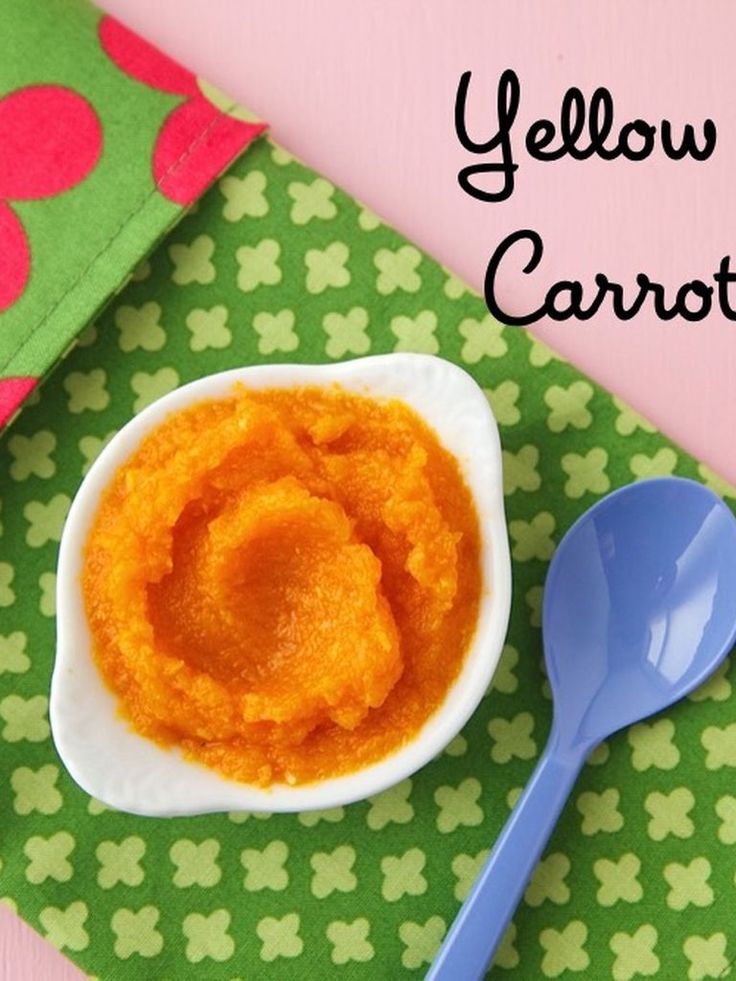 The plant is compact, forms lashes of medium length, with whole leaves of medium size. The pumpkin is flat-round, shaped like a huge flattened onion, rich orange with lighter thin stripes, rough, weighing 1.5 - 2 kg. The pulp is crisp, yellow in color, medium thickness and density, moderately juicy, moderately sweet, starchy. The seed chamber is medium in size, the seeds are medium and small. The fruits are intended for cooking soups, frying, mashed potatoes
The plant is compact, forms lashes of medium length, with whole leaves of medium size. The pumpkin is flat-round, shaped like a huge flattened onion, rich orange with lighter thin stripes, rough, weighing 1.5 - 2 kg. The pulp is crisp, yellow in color, medium thickness and density, moderately juicy, moderately sweet, starchy. The seed chamber is medium in size, the seeds are medium and small. The fruits are intended for cooking soups, frying, mashed potatoes 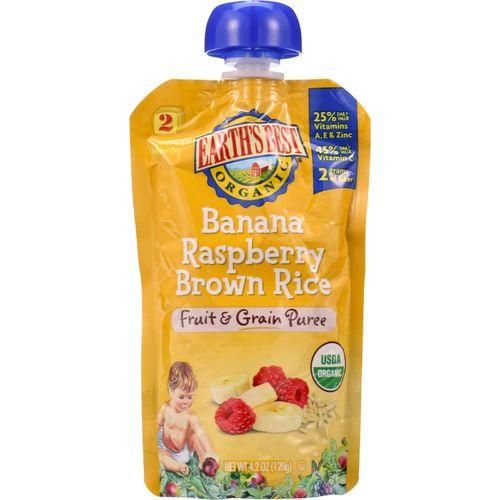 8 / 10
8 / 10 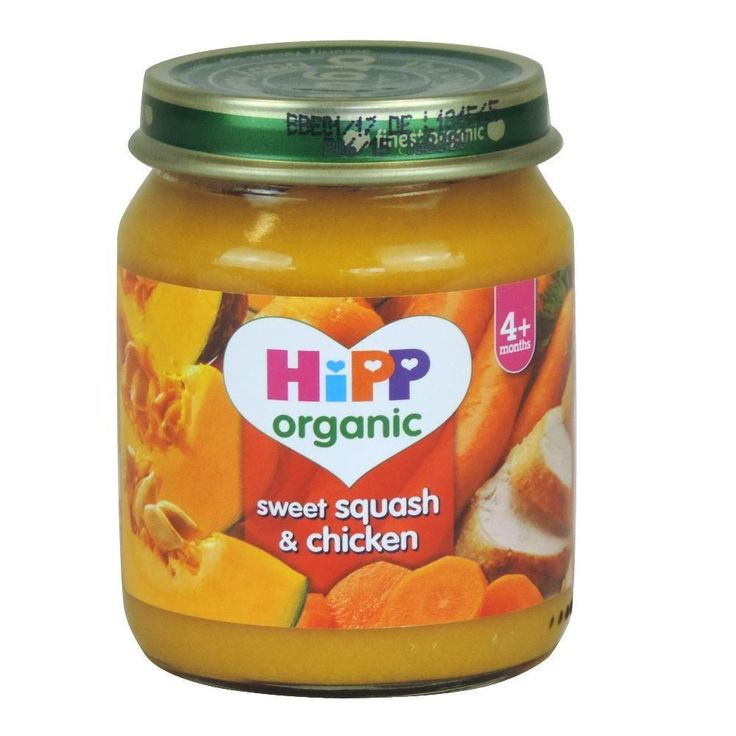 The plant produces short lashes. The pumpkin is spherical, evenly colored yellow, without spots and stripes, with a smooth non-segmented surface, weighing 1–2 kg. The pulp is light yellow, sweetish, tender, medium juicy, thin. The bark is rough, thin. To obtain larger fruits, it is recommended to normalize, leaving the plant with three lashes with 1 - 2 ovaries. This variety of pumpkin has good stress resistance, it is recommended in reviews by gardeners and farmers from Ufa, Moscow and other regions.
The plant produces short lashes. The pumpkin is spherical, evenly colored yellow, without spots and stripes, with a smooth non-segmented surface, weighing 1–2 kg. The pulp is light yellow, sweetish, tender, medium juicy, thin. The bark is rough, thin. To obtain larger fruits, it is recommended to normalize, leaving the plant with three lashes with 1 - 2 ovaries. This variety of pumpkin has good stress resistance, it is recommended in reviews by gardeners and farmers from Ufa, Moscow and other regions.  9 / 10
9 / 10  From germination to fruit ripening takes 90 - 100 days. Forms long lashes. The pumpkin is round, very elegant, with a smooth surface, bright yellow, sprinkled with large white powder on top, on a long stalk, weighing 2-4 kg. The flesh is very tender, not fibrous, bright-desirable, thick, with a pleasant sweetness, without a pumpkin smell. The bark is thin, greenish. The main use in cooking is the preparation of pies. A good variety of pumpkin for summer and autumn use.
From germination to fruit ripening takes 90 - 100 days. Forms long lashes. The pumpkin is round, very elegant, with a smooth surface, bright yellow, sprinkled with large white powder on top, on a long stalk, weighing 2-4 kg. The flesh is very tender, not fibrous, bright-desirable, thick, with a pleasant sweetness, without a pumpkin smell. The bark is thin, greenish. The main use in cooking is the preparation of pies. A good variety of pumpkin for summer and autumn use.  8 / 10
8 / 10 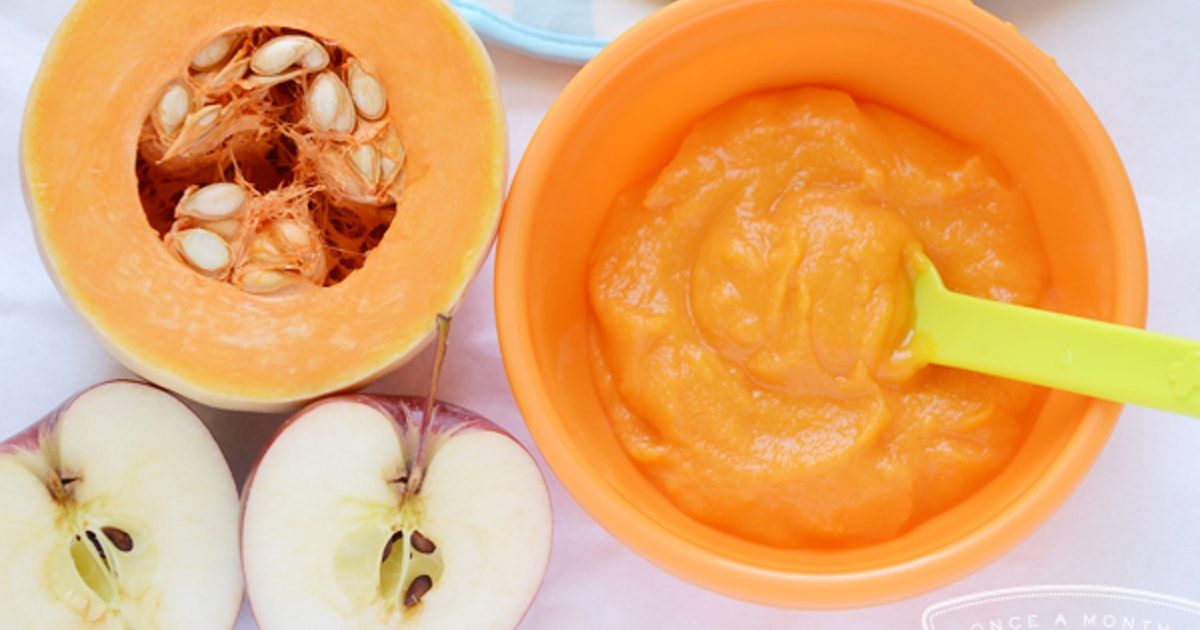 Belongs to the variety type Butternat - a hybrid of Muscat pumpkin and Israeli pumpkin. The plant produces powerful and long lashes up to 5 meters. The gourd is club-shaped, with a "constriction" in the center, pale yellow, with a smooth surface, with weakly expressed lobes, weighing 3.5 - 4.5 kg. The flesh is rich orange, dense, starchy, medium juicy, thick, sweet, with a refreshing watermelon aroma, with a small seed chamber. After harvesting, the fruits retain their taste for up to 4 months. Suitable for autumn and autumn-winter use. The pulp is fibrous when ripe.
Belongs to the variety type Butternat - a hybrid of Muscat pumpkin and Israeli pumpkin. The plant produces powerful and long lashes up to 5 meters. The gourd is club-shaped, with a "constriction" in the center, pale yellow, with a smooth surface, with weakly expressed lobes, weighing 3.5 - 4.5 kg. The flesh is rich orange, dense, starchy, medium juicy, thick, sweet, with a refreshing watermelon aroma, with a small seed chamber. After harvesting, the fruits retain their taste for up to 4 months. Suitable for autumn and autumn-winter use. The pulp is fibrous when ripe. 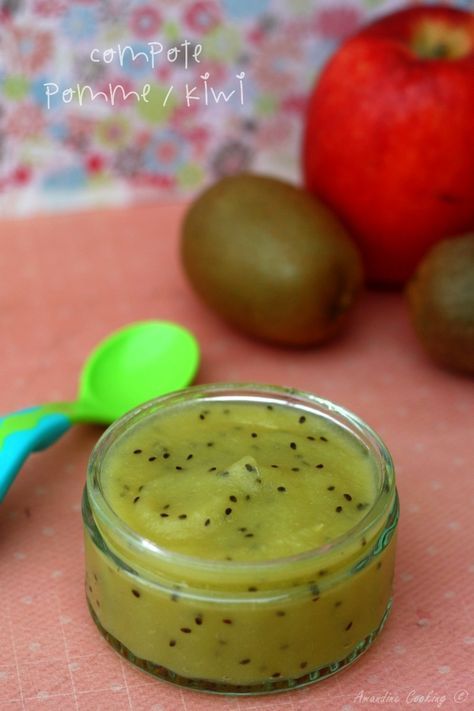 9 / 10
9 / 10 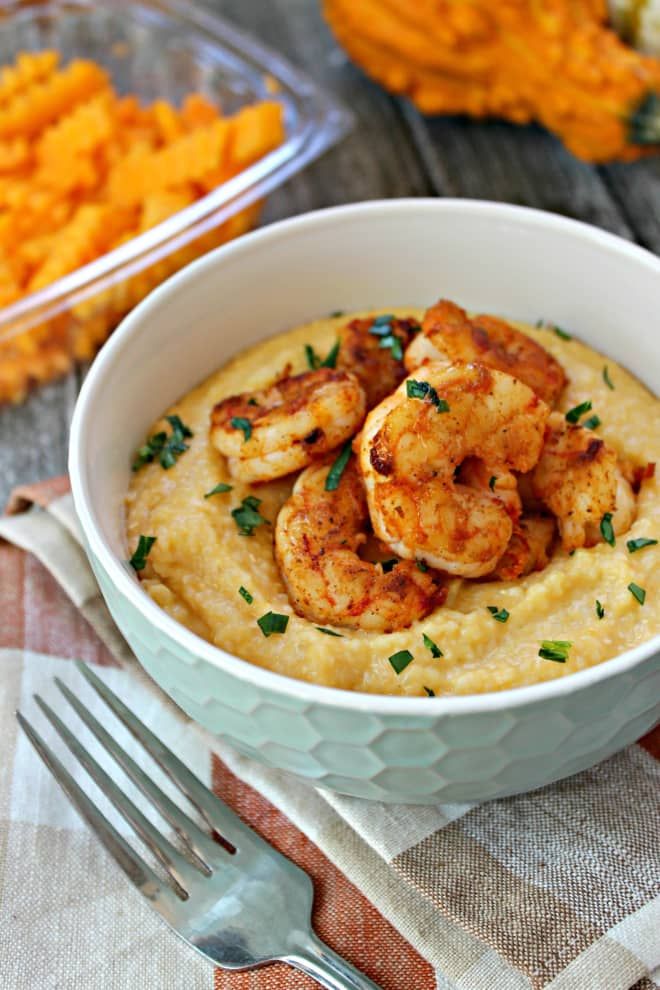 The fruits ripen in 125 - 130 days after germination. The plant is medium-sized, gives lashes up to 6 meters long. The leaves are grayish with small spots. The pumpkin is wide-oval, shortened, with pronounced lobes, ribbed at the stem, on a long petiole, weighing 4.5 - 7 kg. The color is dark pink with an orange tan, a green mesh pattern and large light spots; when ripe, the background becomes brown-brown. The flesh is red-orange, crisp, sweetish, with a nutmeg flavor, up to 10 cm thick, with a large seed nest. It is characterized by a high content of carotene.
The fruits ripen in 125 - 130 days after germination. The plant is medium-sized, gives lashes up to 6 meters long. The leaves are grayish with small spots. The pumpkin is wide-oval, shortened, with pronounced lobes, ribbed at the stem, on a long petiole, weighing 4.5 - 7 kg. The color is dark pink with an orange tan, a green mesh pattern and large light spots; when ripe, the background becomes brown-brown. The flesh is red-orange, crisp, sweetish, with a nutmeg flavor, up to 10 cm thick, with a large seed nest. It is characterized by a high content of carotene. 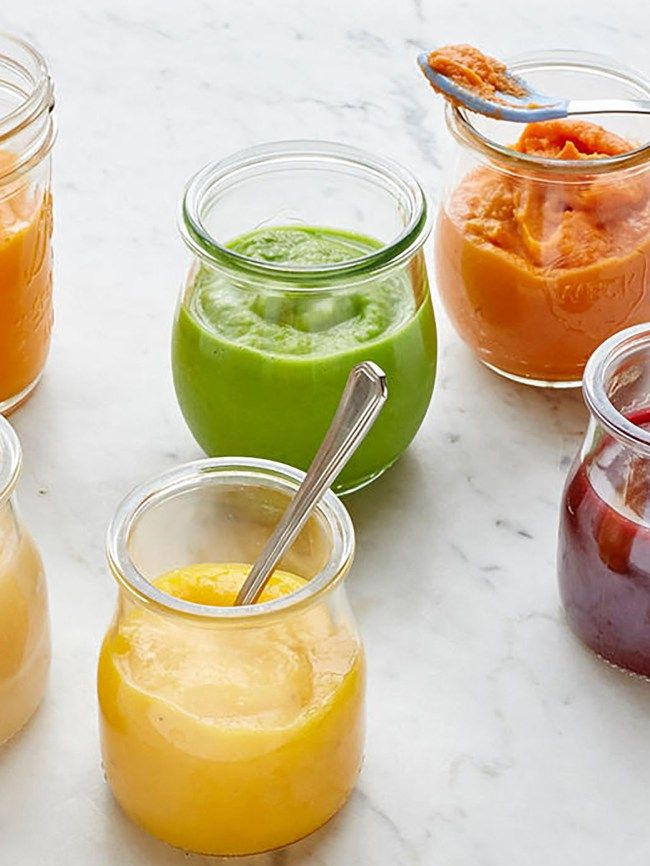 8 / 10
8 / 10  Ripening is medium late. The plant produces lashes of medium length, there is no spotting on the leaves. The pumpkin is flat-round, with pronounced deep lobes, brown with an orange tint, with a wax coating, weighing 3-8 kg. The pulp is dense, thick, orange, medium juicy, slightly sweet, without pumpkin smell. The seed nest is medium in size. Suitable for winter and winter-spring use.
Ripening is medium late. The plant produces lashes of medium length, there is no spotting on the leaves. The pumpkin is flat-round, with pronounced deep lobes, brown with an orange tint, with a wax coating, weighing 3-8 kg. The pulp is dense, thick, orange, medium juicy, slightly sweet, without pumpkin smell. The seed nest is medium in size. Suitable for winter and winter-spring use.  8 / 10
8 / 10 


